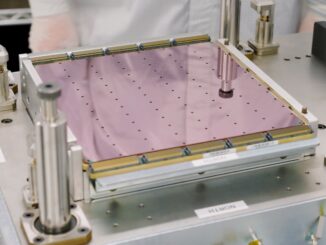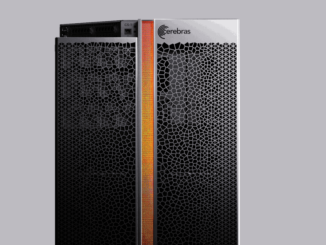
So far, waferscale systems maker, Cerebras, has had its early success among the HPC centers looking for opportunities in AI and with drug makers, including GSK and AstraZeneca.
Biotech startup, Peptilogics, announce today they have also been working with Cerebras to map and optimize neural search and other graph-driven AI algorithms onto the CS-2 machine. The goal is to bring the speed of discovery of new therapeutics down from months to weeks or even days.
“Right now, the gating issue for us is training models for high accuracy and do a combination of neural architecture search and hyperparameter optimization, which is far easier on a waferscale engine versus on distributed systems,” says Nick Nystrom, SVP and head of computation and data at the biotech startup. “The waferscale engine is ideally suited because of the distribution of SRAM and the way it uses model parallelism.”
Nystrom is quite familiar with the range of traditional HPC and AI hardware on the market. He has spent nearly thirty years at the Pittsburgh Supercomputing Center (PSC) and has had a front row seat for many architectural shifts over the years, including this most recent trend for AI systems in HPC environments.
Most recently, PSC has ushered in the new Neocortex supercomputer, which has two first-generation Cerebras systems housed on HPE Superdome Flex systems.
Nystrom tells us Peptilogics is not using the PSC Neocortex system as a commercial partner, he explains the system did give him a first-hand view into what the machine’s strengths were for the specific drug discovery algorithms Peptilogics is developing and optimizing for the waferscale architecture. “We started working with Cerebras a company two years ago and with some members of the team just before that. We understood the architecture and applicability for many domains in science, including drug discovery.”
Peptilogics is remotely accessing the CS-2. When asked if it would become necessary to buy its own machine in the near future, Nystrom could not comment, but was unequivocal in his belief in the architecture as critical for drug discovery and other areas in HPC. He says while he is aware of the other AI chip and systems startups and they all have different potential strengths,
“By partnering with Cerebras, we will be able to accelerate our research by orders of magnitude for important areas such as membrane proteins, including G protein coupled receptors (GPCRs). Traditional drug discovery operates on the time scale of one new drug in ten years. We aim to flip that to ten new leads in one year.”
The most common architecture for AI in various scientific domains is the GPU as an accelerator, particularly for large-scale training. “Implementing algorithms in an optimized way for this architecture has advantages over doing so with the constraints of a GPU. GPUs are great, but they’re a box of a certain size and shape and you can write algorithms more flexibly without those constraints. That’s where the next delate in performance will be, for this work and in HPC—going to this type of architecture in general with another leap from optimizing for that specific architecture.”





Be the first to comment